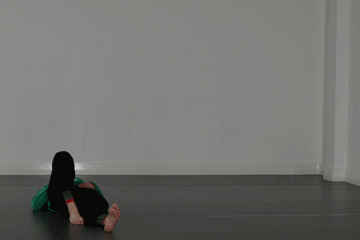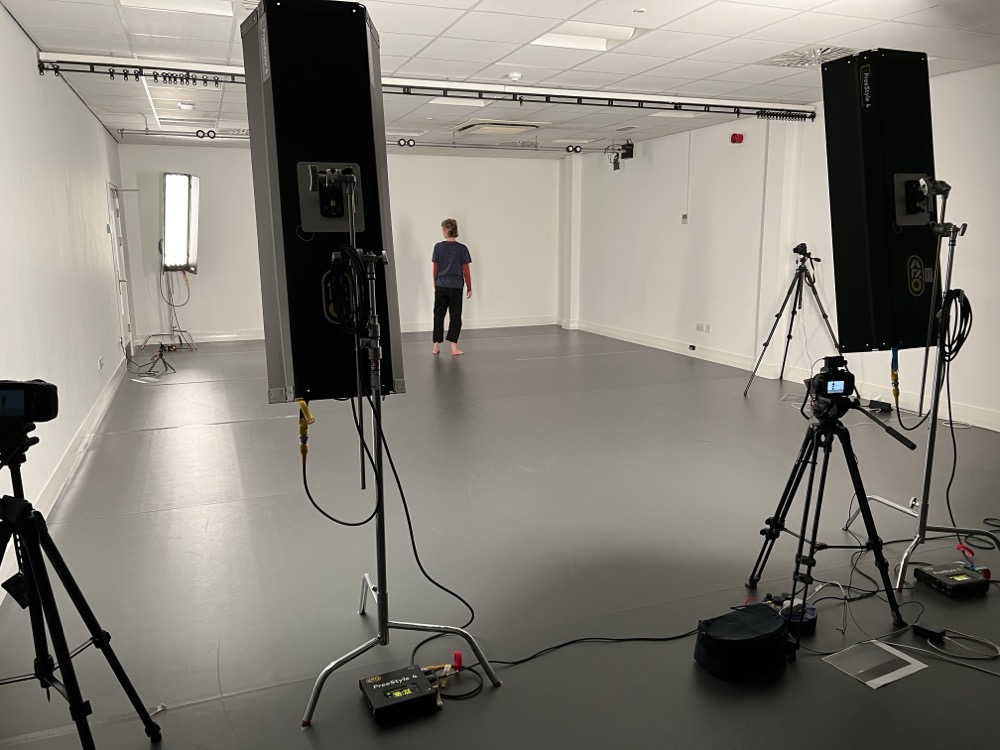Yesterday I blogged about Jon Kabat-Zinn’s term awareness-ing and how awareness is inseparable from experience.
Going through the transcripts of my post-dancing conversations with Katye Coe, I note that I was starting to use this term. In this extract below I am trying to describe two things. First is the shift from the feeling of awareness-ing to the feeling of becoming a passenger in the improvisation. Second is the question (while ‘awareness-ing’) of why some kinds of movements and not others.
I haven’t edited the text just to keep the sense of how messy it is talking about these things. The text is from 14 February 2024.
I think I’d probably say two things. One is the shift from the feeling as if I’m tuning into my body … surfing or allowing awarenesses or things that are happening in my body: friction, temperature, tension, tone, tingling etc … which is like a wash of yeah very open sense of awarenesses like I’m awareness-ing. The shift from that to what you’ve described Charlie Morrissey as describing it as being the passenger. That … it’s such a stark starkly different sensation.
And I should be clear that the sort of awareness-ing … it doesn’t feel like I’m reaching or wanting this other thing. So yeah that shift which is so stark and so clear … and so surprising and and weirdly, it’s not as if I’m aware that I’ve gone into it or gone from one to the other.
And I think I can see it [the transition] in you and it’s shockingly different. But if you were to ask me what is it that I’m seeing that’s different it’s not even about the quantity of movement that’s … sometimes but not necessarily. So that … and then the other thing is yeah, this thing that we talked about last week, I think which was why some movement and not others, why some movements and not others. As part of that awareness-ing, that process of, of being in awareness.
– Simon Ellis (in conversation with Katye Coe, 14 February 2024.

